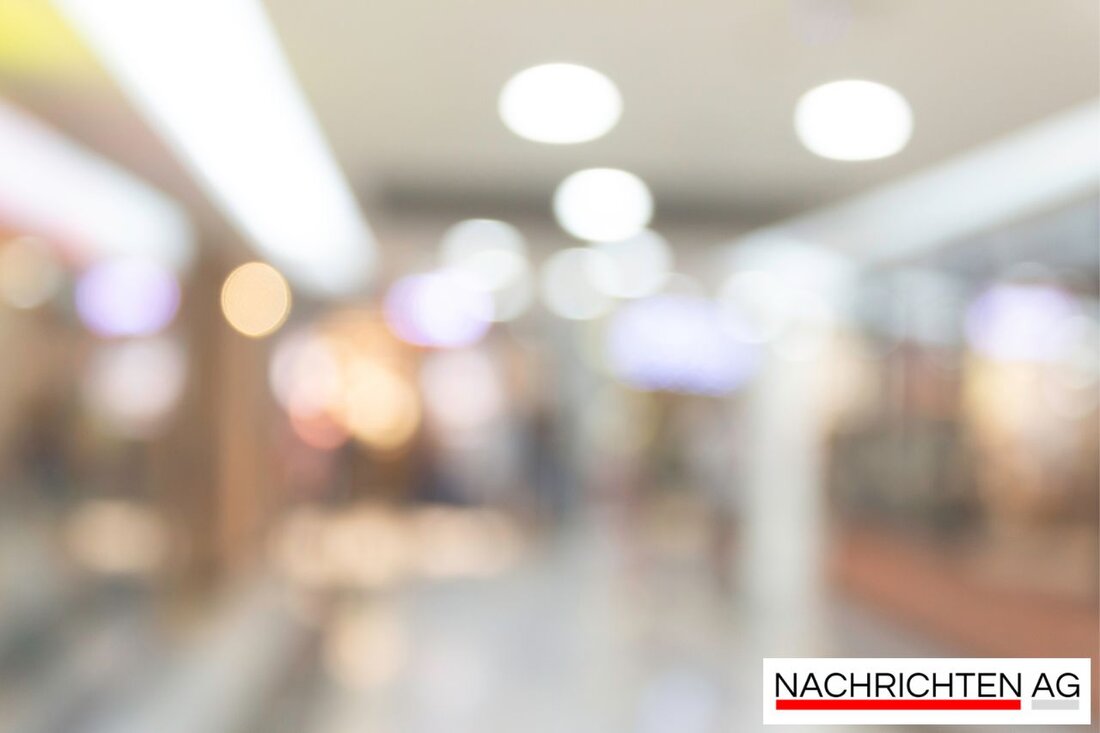Art and Church: Dortmund discusses the future of sacred spaces!
Dortmund will discuss the future of church buildings: conversion, culture and social responsibility in focus on November 6, 2025.

Art and Church: Dortmund discusses the future of sacred spaces!
The Pauluskirche in Dortmund has taken on an important role as a cultural church and is currently present with the art installation “AFTERMATH – The Relics of Saint Helena” by Gerhard Rossmann, which can be seen until October 26, 2023. This development reflects the profound change that many church buildings in Germany are having to undergo - a change that is caused by a decline in church attendance and shrinking congregations. According to the announcements by Nordstadtblogger, over half of the approximately 40,000 churches in Germany could be closed, demolished or sold within the next decade. In Dortmund itself, up to 30% of the churches are affected, which includes at least 40 buildings.
To address this challenge, the “Future Commission for Church Buildings” was founded in July 2025. This commission has set itself the goal of developing concepts and ideas for new uses for churches. A kick-off event for the public debate will take place on November 6, 2023 at 6:00 p.m. in the Ev. City Church of St. Mary. Barbara Welzel, a professor of art history, highlights the importance of non-commercial spaces in our cities and that we should think about the use of churches.
Traditional structures in change
The transformation of church buildings is not a new topic. This trend has been evident in Germany for almost three decades, with secularization processes and social changes playing a central role. Historically, there were changes of use as early as the Middle Ages, for example when chapels became school rooms. Today the question arises: What new possibilities are there for these architectural treasures? The Institute for the Federal Agency for Civic Education reports that the burden of declining membership in both large churches and the rapidly falling church tax revenue mean that churches have to be rethought as cultural sites and urban markers.
The conversion should not only take economic aspects into account, but also preserve the cultural and architectural significance of the church buildings. With a focus on their specific liturgical features such as altars and church towers, it is important to largely preserve the interior and furnishings during such conversion processes. In this regard, the “how” of the conversion is crucial, explains the EKHN, while the question “if” already makes up a significant part of the discourse about the future of these places.
Insights from practice
Some positive examples of the transformation of church buildings give hope. For example, the Markus Church in Dortmund was converted into a social-ecological center (SÖZ). This center provides various social and cultural offerings, which are financed through rental income and city funding. These model projects show how functional rededication can succeed without endangering the cultural values of the churches.
However, the challenges are great. When converting buildings, it is essential that structural interventions are carried out thoughtfully and sustainably and do not reduce the monument value of the buildings. Such changes should be reversible, meaning that they must be limited to what is absolutely necessary.
The general public is open to these profound issues. The upcoming discussion on November 6th will show whether we can find solutions together to maintain the churches as society's resonance spaces and to transform them for the needs of tomorrow's citizens.

 Suche
Suche
 Mein Konto
Mein Konto